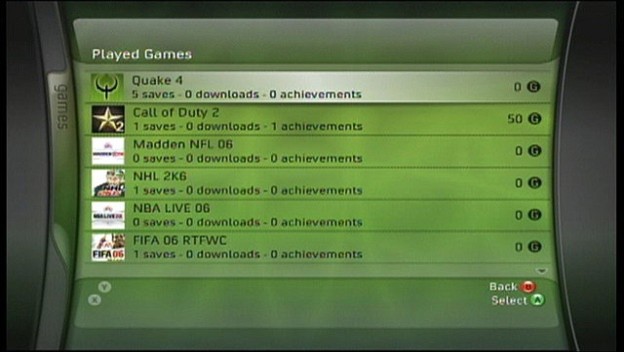When Microsoft released the Xbox 360 in 2005, it introduced many gamers to a new idea; achievements. For all intents and purposes, their cross-game implementation was the first experience many had with such a system. They were part of a gamer’s online identity, and were combined and represented as a total figure, called gamerscore. It was almost immediately clear that achievements and gamerscore would go on to influence the way gamers play games and, consequently, the way developers design them.
At first, gamerscore wasn’t an easy thing to amass. Early titles really challenged gamers to unlock achievements. This was mostly harmless, but the wider ranging effects of the system became apparent when gamers took to Xbox Live.
Gears of War was one of the first massively popular multiplayer games to contain achievements in the multiplayer. These achievements were also grueling, tasking players with amassing a large number of kills with specific weapons to unlock. This was reflected in the gameplay when players would adhere to using underpowered or gimmicky weapons to kill, or attempt to kill, enemies. This was much to the chagrin of their teammates. Still, for some reason, achievements resonated with a subsection of gamers, and became important.
Achievements got easier to unlock with time, sometimes being the primary draw of a game. This was the case in the example of Avatar The Last Airbender: Burning Earth. In this game, players could unlock 1000 gamerscore, the max a game would allow without DLC, simply by mashing on the B button for 2 minutes. Many who would have otherwise avoided this game, bought it or rented it for the effortless bonus to their gamerscore.
PlayStation and Steam followed suit, and eventually implemented score systems of their own, referred to as Trophies and Steam Achievements respectively. As time went on, a middle ground between pandering and nigh impossible was discovered, and the system actually began to make sense. Achievements were managing to enhance games.
One of the surface ways that achievements and their ilk make sense is in their ability to extend the lifespan of a game. They also challenge players to approach the game in unconventional ways, explore places they may otherwise not explore, and replay games to pick up achievements that are exclusive to a specific narrative branch. For completionists, achievements also offer a logical conclusion for their exploits; max gamerscore can be a good, sensible goal point at which point they can stop and move on to something new.

In a strange way, achievements also affect the presence of cheat codes in video games. Microsoft and Sony have a vested interest in preserving the integrity of their achievements and their trophies, so exploits and cheats even in single-player games are now frowned upon. This isn’t necessarily a good thing, as cheats offer many gamers a way to play games on their terms, but in the interest of fairness to those with a competitive spirit, we’ve largely seen them disappear.
Gamerscore and Trophy count aren’t unlike the high scores of the arcade age. They give gamers a way to compete with one another in largely single player environments. It’s amazing to think that such a simple little system would have the impact that it did, but it appeals to something in gamers and offered something compelling that we didn’t even know we were interested in in the first place. Looking back, this huge innovation now seems completely common-sense.
